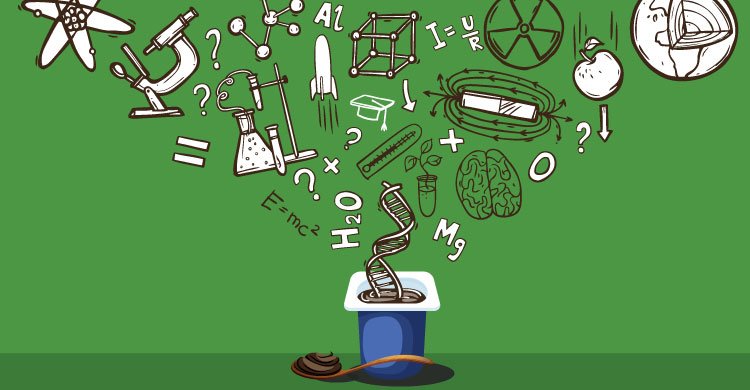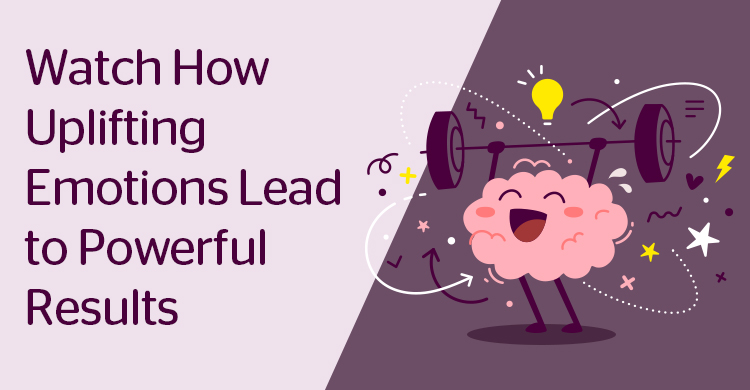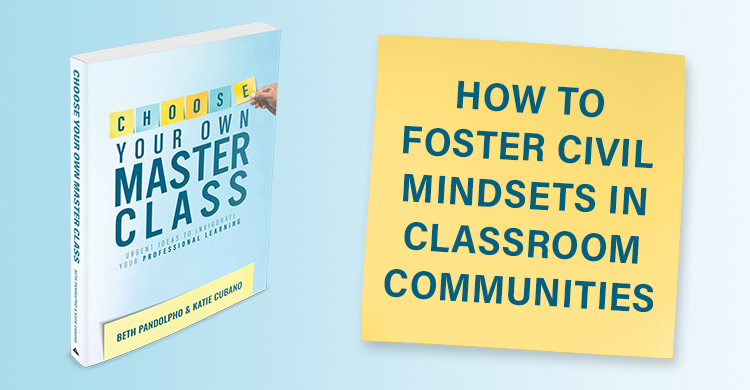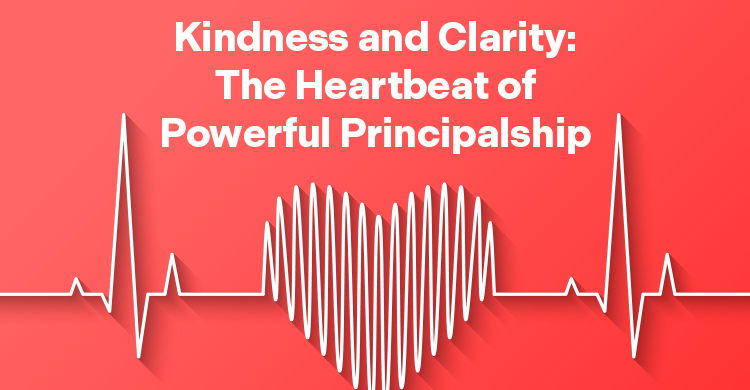Driving Question: What does evidence say about applied research in deeper learning schools?
APPLYING RESEARCH
I am not a researcher. I am an applier of research.
Since my student teaching days where I learned the value of not reinventing the wheel, but instead applying successful instructional practices, I have followed the wisdom given by my critique teacher: “Common sense should define what practices you use. The most sensible are those with evidence that they make a difference in kids’ learning.”
In those pre-research days, she had me watch master teachers. I also watched her as she taught the full range of kids from the highest performers to the most reluctant in the school. That’s when I learned the value of higher-order questions, hands-on activities, two-way feedback, graphic organizers, and teamwork. Not many years after, the first research emerged validating these and other practices. This strengthened my attraction to what I saw and heard kids doing in response to the ways those master teachers engaged them in reading and writing. A few of the sights were their heads bent down, hands moving on a project, eyes lit in conversation. When she was teaching, it was difficult to distinguish the high performers from the reluctant.
Over the years, I increased my attention to evidence-based learning. I even went so far as to make personal connections with researchers so I could discover the nuances of their findings. Since the advent of brain research, I gained even more insight, not only noting the impact of high effects strategies on achievement, but also seeing their impact on the affect and socio-emotional growth of students.
It was Dr. Judy Willis who made the clearest connections for me. Perhaps that was because Judy was a classroom teacher before she became an MD working with students, and then a writer and consultant. She made connections between how teachers taught; their selected emphasis on instructional strategies which not only increased achievement, but also created healthy learning environments for students.
EVIDENCE MULTIPLIED.
As my repertoire of evidence-strong instruction strategies produced results in my classroom and the classrooms of colleagues, I wondered what would happen if I could combine different strategies so that the ultimate effect would be greater than that of one single strategy.
- What if I embedded a Venn diagram as the tool to compare Lady McBeth’s and Macbeth’s motivations in a cooperative learning structure, and ended the task with a metacognitive summary of the similarities and differences?
- What if I asked my senior students to construct a concept map of Thomas Hardy that would include character, setting, theme, conflict, and language? I would start with an advance organizer, clarify goals and objectives, encourage students to design guiding questions across cooperative groups, and make presentations on the conclusions they made, based on different connections among the items on the map.
In these two lesson plans, I intentionally called for seven evidence-based strategies. I bet that the multiplication effect would kick in. In getting ready to put the plan into action, I realized I would have to do some ground work. This approach would increase the amount of agency students would experience. More than ever, they needed to feel they were working in a DaVinci-like studio and not on an assembly line making lookalike widgets. If they were to work together on these more complex tasks, rather than listen to me lecture on the comparisons I was expecting, ground work was needed.
A CYCLE OF RECIPROCAL TRUST BUILDING
In the most recent years, support for the idea of applying evidence has expanded. With the advent of Deeper Learning, recognition of the role of evidence-based strategies has moved to the forefront. Deeper Learning is described as the result of students applying their skills of creative and critical thinking to problem solve, in consort with their skills of collaboration and communication. These skills are applied into standards-aligned curricula in order to transfer what and how students have learned in and beyond other curricula. With the new emphasis on deeper learning outcomes via learning transfer, it is impossible to ignore the role that these strategies play. When teachers connect the strategies into such demanding learning designs as project- and problem-based learning, we see an increasing shift from widget making to invention creating. In a self-enhancing circle, the increase of practices which enable students to make their knowledge – rather than absorb it – change the culture. As mutual trust and respect are required for students to learn in a “making” paradigm, their interactions increase that respect and trust. The cycle of reciprocal responsibility builds a new community in which the collaborators deepen their trust for each other as well as the learning they are producing.
FOUR SOURCES OF EVIDENCE
Consider these four sources of evidence that spring from application of the evidence-based practices. As school faculties create and maintain a healthier school climate, it leads to higher achievement with deeper learning outcomes, and an ever deepening trust among faculty, school leaders, and students.
- American Institute of Research. (AIR) A 2014 comparison study between traditional high schools and high schools with some degree of deeper learning showed deeper learning graduates exceeding in math and English performance, graduation rates, collaboration skills, critical thinking skills, and college entry. Consistent with the findings from the original “Study of Deeper Learning,” newly completed analyses including additional school pairs and an additional cohort of students, there is a graduation rate advantage of 8 percentage points for students participating in deeper learning network high schools compared with similar students in matched non-network high schools.
- Illinois District Research. A 2016 doctoral dissertation examined the process and outcomes of a three-school, pre-K to 12 district in Illinois and its adoption of MindQuest21 Project Based Learning as the primary model of instruction. By the end of the second year in a three-year plan, 70% of the classroom teachers and all administrators had created, implemented, and assessed 50 PBL units. In the final year, a team of specialists are being prepared to ready the remaining faculty and initiate other changes which highlight the Illinois socio-emotional standards. Qualitative and quantitative data identifies the positive impact of the transformation on faculty, students, school, and community.
- P21 Exemplar School Network. The Partnership for 21st Century Learning, a national advocacy network in Washington D.C., has identified more than four dozen schools across the nation as “exemplar implementers” of P21 competencies and climate in the classrooms. Exemplar status is awarded after a rigorous review of practices that show a school or a district is a model in advancing 21st Century deeper learning for all students. In Illinois, Ben Franklin Elementary (Glen Ellyn 41), O. A. Thorpe Scholastic Academy (CPS), and Wheeling High School (Arlington Heights. 214) are P21 Exemplars. To read about the transformative practices in these schools, go to http://www.P21/org/blogazine.
- Deeper Learning Network. The Deeper Learning Network is an expanding group of schools, both charter and public, which practice deeper learning. Sub-networks across the country including High Tech High K-12 Schools, New Tech School Network (Napa, California), Big Picture Schools, Connect Ed, Asia Schools, International Network, Envision Ed, and New Visions Schools offer evidence of scalability and sustainability for these schools and their practices.
SEEING IS BELIEVING
To see concrete evidence of the difference between a nurturing healthy school climate and a toxic learning environment, one need only take a visit to a deeper learning school. Walk in the door and you are likely to be welcomed by an enthusiastic student guide ready to show you the sights and sounds of deeper learning in a healthy climate.
- You visit classrooms where you see students deeply engaged in their very active and differentiated learning projects, and teachers relying on evidence-based strategies to help students probe the depths of their thinking and relating.
- You will notice the large amount of student agency as individuals and groups pursue their personalized inquiries and present their findings. You will notice individuals preparing to go off on internships in the community or groups planning a survey outside the school walls even as other students immerse themselves in individual or team learning tasks.
- You will see students of all ages using technology to create, to research, to interview, to survey, to organize ideas, to make plans, and to assess themselves and each other. No passive watching will be evident.
- You will note that teachers are immersed in their work of teaching, coaching, guiding, encouraging, suggesting, and aiding students as they develop their personalized learning plans. It is extremely rare to see a teacher needing to call a student for off-task behavior.
PROOF IN THE PUDDING
There is little doubt that students of all shapes, sizes, ages, and colors enjoy their interactions in deeper learning schools. Graduates recall their experiences and their teachers with positive glows. They can critique elements of their experience, but when they do so, they do it within the context of collegiality. Just as we all would prefer to see Casey round the bases running to home and the high fives from his teammates, students and faculty almost unanimously are ready to celebrate the place in which they learn, its culture, and its people-connections. Their words are the proof in the pudding.
RESOURCES:
- American Institute for Research, Deeper Learning, accessed at http://www.air.org/p-12/education, August,2016
- Bellanca, James. “Climate Survey Results”. XQ Institute, January 2016
- Espara, Debrorah R: A First-Year Implementation Of Mindquest21, A Project-Based Paradigm Shift To Deeper Learning: NLU, unpublished dissertation. 2016.
- Hattie, John. Visible Learning, Accessed at visible-learning.org/hattie-ranking-influences-effect…/hattie-ranking-teacher-effects/ August 2016.
- Hewlett Foundation, Deeper Learning, Accessed at http://www.hewlett.org, August 2016.
- Marzano, Robert. “Setting the Story Straight”, Accessed http://www.marzanoresearch.org/ August 2016
- P21 Blogazine, //www.p21.org/ourwork accessed August 12, 2016
- MindQuest21, accessed at http://www.ilc21.org, August 12, 2016
- Willis, Judy, “Brain Toxic Classrooms,” accessed at http://www.psychologytoday, August 2016.
[author_bio id=”145″]






